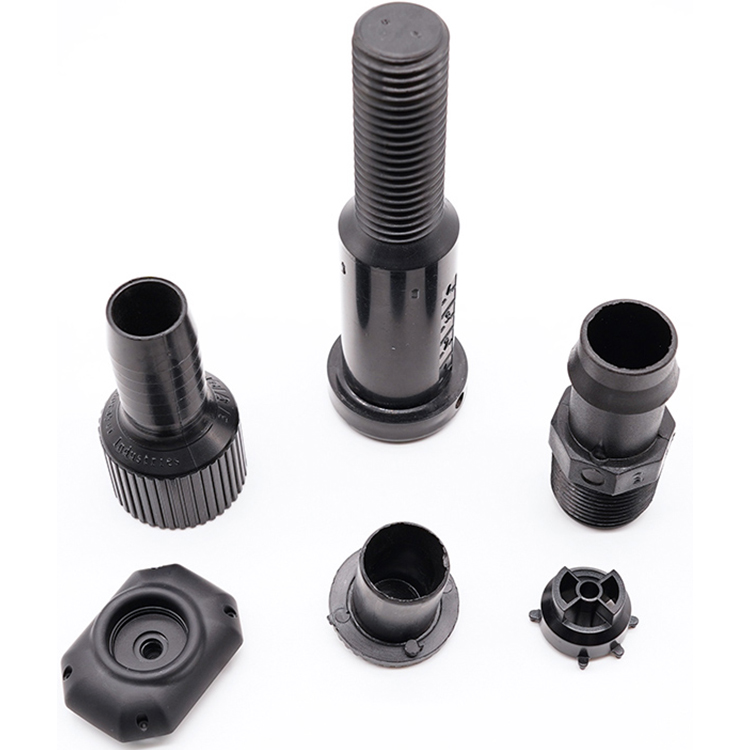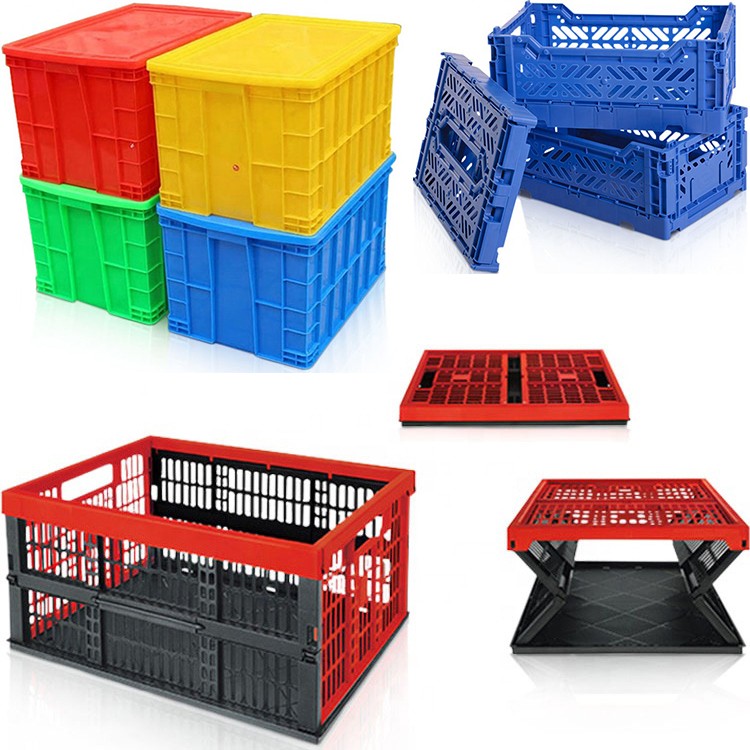
The Influence of Mold Textured For The Durability of Injection Molds and Optimization Strategies
Mold Textured is a chemical reaction between a chemical solution (such as sulfuric acid, nitric acid, etc.) and the mold steel to form a specific texture effect on the surface of the mold. Although this process can enhance the appearance and strength of the product surface, long-term accumulation may have adverse effects on the durability of injection molds.
1.Accelerate mold aging and fatigue: During the process of sun drying, the surface of the mold will be affected by factors such as high temperature and high pressure, leading to subtle crystal corrosion and the formation of wrinkles. Although these subtle textures may seem harmless, long-term accumulation can accelerate the aging and fatigue of the mold, reducing its service life.
2.Reduce mold accuracy and surface quality: Improper control of texturing treatment may also reduce the accuracy and surface quality of the mold, thereby affecting the appearance and performance of the product. Minor damage on the surface of the mold will gradually expand, ultimately leading to mold failure.
3.Improve defect rate and maintenance costs: The decrease in mold durability directly leads to an increase in defect rate during the production process, increasing the production cost of the enterprise. At the same time, in order to maintain the normal operation of the production line, enterprises have to increase the frequency of mold maintenance and replacement, further pushing up maintenance costs.
In response to the adverse effects of sun drying treatment on the durability of injection molds, enterprises can adopt the following optimization strategies:
1.Strictly control the parameters of the sun drying process: During the sun drying process, the concentration, temperature, treatment time, and other parameters of the chemical solution should be strictly controlled to ensure that the reaction process proceeds within a controllable range and reduce the corrosive effect on the mold.
2.Strengthen the protection of the mold surface: Applying appropriate protective agents on the mold surface can effectively reduce the corrosive effect of factors such as high temperature and high pressure on the mold.
3.Optimize mold design and material selection: By optimizing mold design and selecting more durable materials, the overall strength and fatigue resistance of the mold can be improved. For example, using high-strength alloy steel as the mold material can significantly improve the durability of the mold.










